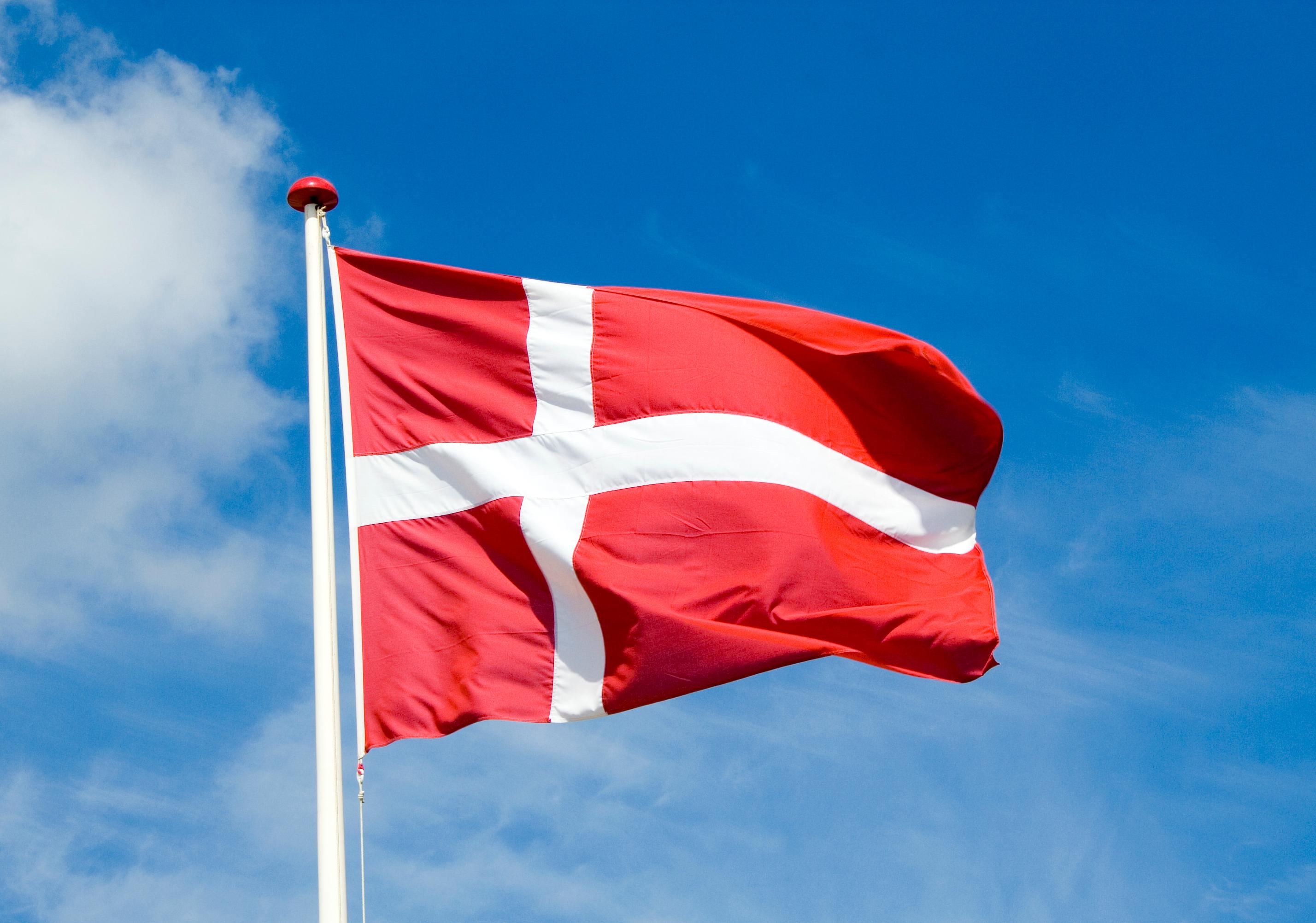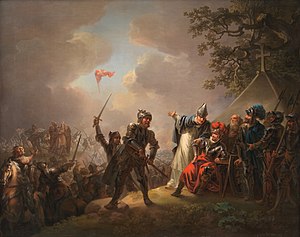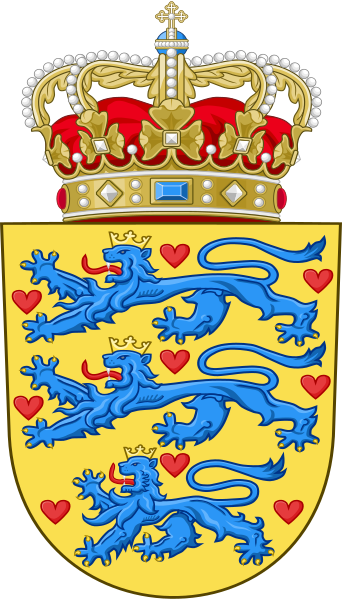This is a most interesting story.
http://www.montrealgazette.com/news/Couple+nearing+seven+year+cross+Canada+canoe+trip/8812790/story.html
Sunday, August 25, 2013
Friday, August 23, 2013
ROOTS - not the movie - 2
Denmark, the place of my birth, is as countries go in size not particularly large, but what it lacks in square kilometers / miles it makes up for in other areas. In area, Denmark proper, that is to say the principal islands of Bornholm, Falster, Sjaelland, Fyn (Funen), Langeland, Moen, and a number of other smaller islands as well as the peninsula Jylland (Jutland) cover an area of 43,094 km2 / 16,639 m2. On a list of countries, excluding Greenland and the Faroe Islands, Denmark is in the 109th place in terms of size.
There are about 400 islands in Denmark, not counting the Faroe Islands or Greenland, of which only a few, about 70, are inhabited. It is most certainly a sailors paradise, lots of water, lots of little interesting harbors, but it also has quite a bit of very "thin water" in some areas, which requires great navigational skills.
If we were to add Greenland, named Kalaallit Nunaat in the native tongue, Denmark would suddenly increase in size by about 2,166,086 km2 / 836,109 m2. In other words, Greenland is about 50 times larger than Denmark proper, or 3.1 times larger than even the State of Texas, and as we know, everything is bigger in Texas, but apparently not when held up to Greenland. Add to Denmark the Faroe Islands, in the local language named Føroyar, and Denmark grows even more; 1,400 km2 / 540 m2.
Thus Denmark, in its totality, is 2,210,580 km2 / 853,288 m2 or only 15% smaller smaller than Quebec and Ontario combined, including the areas of water within those two provinces. To compare all of Denmark to states in the US, it is almost 3 % larger than all of Alaska and California combined.
It is obvious that the above facts, and so some extend those below gives Danes a certain amount of "bragging" rights.
There are other interesting facts about Denmark which should give one pause to think about quality of life; If living in Denmark rather than the USA you would ... (statistics from the CIA World book of Facts). All italics directly below are mine.
http://en.wikipedia.org/wiki/Denmark,
http://denmark.dk/, http://www.infoplease.com/country/denmark.html, http://www.state.gov/r/pa/ei/bgn/3167.htm, http://www.state.gov/r/pa/ei/bgn/3167.htm,
http://www.visitdenmark.com/en-us/denmark/tourist-frontpage-usa
http://www.archipelago.nu/SKARGARD/ENGELSKA/DENMARK/sailing%20Denmark.htm
http://video.visitdenmark.com/video/952646/sailing-in-Denmark

The legend states the origin of the flag to the Battle of Lyndanisse, also known as the Battle of Valdemar (Danish: "Volmerslaget"), near Lyndanisse (Tallinn) in Estonia, on June 15, 1219.[7]
The battle was going badly, and defeat seemed imminent. However a Danish priest on top of a hill overlooking the battle prayed to God, which meant that the Danes moved closer to victory the more he prayed. At a second he was so tired in his arms that he dropped them and the Danes then lost the advantage and were moving closer to defeat. He needed two soldiers to keep his hands up and when the Danes were about to win, 'Dannebrog' fell from the sky and the King took it, showed it to the troops and their hearts were filled with courage and the Danes won the battle.
According to the legend the flag, Dannebrog, was given to the Danes from God himself[citation needed], and from that day forward, it was the flag of Denmark and the Danish kings.
 No historical record supports this legend. The first record of the legend dates from more than 300 years after the campaign, and the first record connects the legend to a much smaller battle, though still in Estonia; the battle of Fellin (Viljandi) in 1208. Though no historical support exists for the flag story in the Fellin battle either, it is not difficult to understand how a small and unknown place is replaced with the much grander battle of Reval (Tallinn) from the Estonia campaign of King Valdemar II.
No historical record supports this legend. The first record of the legend dates from more than 300 years after the campaign, and the first record connects the legend to a much smaller battle, though still in Estonia; the battle of Fellin (Viljandi) in 1208. Though no historical support exists for the flag story in the Fellin battle either, it is not difficult to understand how a small and unknown place is replaced with the much grander battle of Reval (Tallinn) from the Estonia campaign of King Valdemar II.
There are about 400 islands in Denmark, not counting the Faroe Islands or Greenland, of which only a few, about 70, are inhabited. It is most certainly a sailors paradise, lots of water, lots of little interesting harbors, but it also has quite a bit of very "thin water" in some areas, which requires great navigational skills.
If we were to add Greenland, named Kalaallit Nunaat in the native tongue, Denmark would suddenly increase in size by about 2,166,086 km2 / 836,109 m2. In other words, Greenland is about 50 times larger than Denmark proper, or 3.1 times larger than even the State of Texas, and as we know, everything is bigger in Texas, but apparently not when held up to Greenland. Add to Denmark the Faroe Islands, in the local language named Føroyar, and Denmark grows even more; 1,400 km2 / 540 m2.
Thus Denmark, in its totality, is 2,210,580 km2 / 853,288 m2 or only 15% smaller smaller than Quebec and Ontario combined, including the areas of water within those two provinces. To compare all of Denmark to states in the US, it is almost 3 % larger than all of Alaska and California combined.
It is obvious that the above facts, and so some extend those below gives Danes a certain amount of "bragging" rights.
There are other interesting facts about Denmark which should give one pause to think about quality of life; If living in Denmark rather than the USA you would ... (statistics from the CIA World book of Facts). All italics directly below are mine.
- have a 53.8 % better chance of being employed.
- use 50.2 % less electricity because of the efficient use of wind generated electricity.
- consume 45.5 % less fossil fuels because of fuel efficient automobiles.
- experience 35.6 % less of a class divide.
- be 30.1 % less likely to die in infancy on the average better nutrition and better health care in infancy.
- have 24.8 % less babies. (The cruelty of contraception and abortion meaning that Denmark is not even having a birthrate high enough to replace the existing population.)
- make 22.8 % less money after taxes. (Average pretax salary (2012) was US $78,200.00 and average net income (after taxes) about US $40,000.00)
- spend 43.8 % less on health care. (See the amount of taxes paid, above and below)
- have 13.8 % more free time because of a shorter work week, in other words, more leisure time.
- be 66.7 % less likely to have AIDS / HIV
- live .23 years longer.
- have a maximum individual income tax rate of 51.7%.
http://en.wikipedia.org/wiki/Denmark,
http://denmark.dk/, http://www.infoplease.com/country/denmark.html, http://www.state.gov/r/pa/ei/bgn/3167.htm, http://www.state.gov/r/pa/ei/bgn/3167.htm,
http://www.visitdenmark.com/en-us/denmark/tourist-frontpage-usa
http://www.archipelago.nu/SKARGARD/ENGELSKA/DENMARK/sailing%20Denmark.htm
http://video.visitdenmark.com/video/952646/sailing-in-Denmark
The Danish Flag "Danebroge".

The legend of the history of the Danish flag follows, but please note that the flag is the oldest unchanged flag in the world. (The information below from Wikipedia)
The battle was going badly, and defeat seemed imminent. However a Danish priest on top of a hill overlooking the battle prayed to God, which meant that the Danes moved closer to victory the more he prayed. At a second he was so tired in his arms that he dropped them and the Danes then lost the advantage and were moving closer to defeat. He needed two soldiers to keep his hands up and when the Danes were about to win, 'Dannebrog' fell from the sky and the King took it, showed it to the troops and their hearts were filled with courage and the Danes won the battle.
According to the legend the flag, Dannebrog, was given to the Danes from God himself[citation needed], and from that day forward, it was the flag of Denmark and the Danish kings.

Dannebrog falling from the sky during the Battle of Lyndanisse, June 15, 1219. Painted by Christian August Lorentzen in 1809. Original located at Statens Museum for Kunst, Denmark
The Danish Coat of Arms
The Coat of Arms of Her Majesty Queen Margaret II
the current regent of Denmark.
More to follow in the next post.
Thursday, August 22, 2013
A short detour - kayaking around the British Isles
Give this couple a "high five" for their effort.
http://www.eastbourneherald.co.uk/news/local/couple-kayak-around-britain-s-coastline-1-5395177
http://www.eastbourneherald.co.uk/news/local/couple-kayak-around-britain-s-coastline-1-5395177
Friday, August 16, 2013
"ROOTS" - not the movie - 1
When one's roots are in another country, and those roots are not ancestral, but those of one self, it is proper to return to the place of origin from time to time, to the place where one grew up and was nurtured, not only by parents and family, but also by culture and educators, so 7 years ago, I once again made the not very frequent trip "home", (Christmas 1975, July 1989 and this last trip which was also a summer trip).
 |
| I remember this airplane. It was a priced possession together with a carved hull of a ship. A school picture from 3th grade at Horbelev Skole, so I assume from about 1954. |
One of the dangers of returning to one's roots is that one can't. The places of memory, the house where one grew up, the old friends have all changed. This is a reality that was fully realized on this last trip, so one may well ask why.
For one thing, on the previous two trips my parents were still alive, and although they no longer lived in the house that I will always consider "home", they were a link to my roots. The house they lived in on all three of my visits was built after I went out to discover the world, in 1961. Therefore the adage "The past is a wonderful place to visit, but not a good place to stay" certainly holds true.
Anyway, so one year before my retirement from an active paycheck and "real work" I decided it was time to once again make a trip home, to try to reconnect with the past and with my three brothers, although one of them and his wife had visited here, in 2005, on the occasion of my 60th birthday. Later another brother visited for a couple of weeks in 2009. I also had a couple of nieces visit over the years, one in 1996 on the occasion of one of my daughters wedding and the other I think in 2003, but I can't be sure of the year (old age I suppose).
Passports are current, tickets are purchased early to take advantage of the somewhat lower price which wasn't much lower because summer is the height of the travel season. Vacation dates were turned in at work, and I was fortunate enough for a number of years to have enough seniority and a management position to qualify for a one month long vacation, something that is almost unheard of in the corporate world in the US.
Family members (brothers) on the other side of the Atlantic are informed of arrival dates and intended itinerary, which is to say we plan on spending one week with each of my brothers and their families, hoping they will each put up with us for a week.
What is the weather going to be like, knowing that Denmark can have some very "cool" summers, commonly called "green winters". How much to take, this but not that - or that but not this. Eventually all is packed and the day has arrived to go to the airport. The fly first from Houston to Chicago, suffer through a very long layover in Chicago, and then from Chicago non-stop to Copenhagen. Meaning that with restless leg syndrome I will "walk" most of the way across the Atlantic.

The "big bird" that we will fly from Chicago to Copenhagen.
In this case the "bird" has a proper name,
"Godfred Viking"
Since it was an uneventful overnight flight one did get a little sleep, but had to stay awake to see the snow caps, or rather ice cap, of Southern Greenland and the mountains with snow on Iceland. Then suddenly the sun pops up in the east and then there is Denmark and then there is Copenhagen, followed by a smooth landing, and we have been traveling for about 15 hours, including the lay over. The internal clock is a bit confused because although it is about 8 AM / 0800 in Denmark our internal clocks are telling us that it is only 0100 / 1 AM (Houston time).
De-plane, gather luggage, go through customs (being waved through without any formalities), go through immigration and what a pleasant surprise that experience was. Here is how we were greeted "Good morning, welcome to Denmark" and then we were waived on. "Say, do you not want to look at the passports?", no, not really. "Will you please stamp them", "Well, if I have to". Quite different from the greeting one gets on entering the US.
Since we landed about 45 minutes ahead of schedule we assume my brother Frank is basing his arrival time to the airport on the actual flight itinerary so he will be around shortly. After about 1 1/2 hours there is still no sign of Frank and we have no Danish money to make a phone call, nor could we find a phone booth, and we are beginning to wonder. After 2 hours we are a bit anxious, and then suddenly this man rolls up in a wheel chair and looks at me and says "Allan?", with that distinct tone of question in his voice. That would be my youngest brother Frank. Now I ask myself, have I changed that much since I was "home" last, all of 18 years ago? Maybe I have, I have certainly gotten older. Anyway, all is well, he is here and we get loaded into his car and head for his home where we will spend the first week.
More to follow in the next post.
Saturday, August 10, 2013
An adventure at sea.
Follow the exploits of these young people.
http://www.shropshirestar.com/news/2013/08/07/richard-branson-welcomes-intrepid-kayak-team-to-paradise-island/
http://www.shropshirestar.com/news/2013/08/07/richard-branson-welcomes-intrepid-kayak-team-to-paradise-island/
Subscribe to:
Posts (Atom)



